The benefit of flying in controlled airspace is you are no longer alone in the sky but have a team working to keep you safe.
Controlled airspace is a subject I get weirdly passionate about. One reason is that I’m forever coming across pilots who do everything in their power to avoid flying through controlled airspace (CTA) and I consider that a tragedy. There are so many benefits to operating in CTA, but I’ll get to that later.
CASA is also considering broadening access to controlled airspace which puts this topic again into focus.
In the meantime, I have to attend to something else. It seems we have a few new kids on the block, who we need to get to know. Back in November when I started writing this feature, someone said to me, ‘So, have you heard about the SUA and MOAs that are coming in?’ ‘The WHAT?’ ‘And have you checked out the latest VTCs for East Sale and Newcastle? How about that total redesign of the Williamtown airspace?’
OK, stop speaking. Seriously, I turn my back on coastal flying for a few months, direct my gaze into the outback and look what happens.
As of 30 November 2023, we’ve been introduced to SUA (Special use airspace) and MOA (Military operating areas).
If you never fly near the coast, you probably haven’t noticed. But otherwise, if you haven’t already done so, you need to get a hold of the current Aeronautical Information Circular from the Airservices website and study it. It explains the background and concept of some newly categorised military airspace, prefixed ‘M’ on your charts, which you’re going to need clearance to enter when active.
The AIC lists the military locations where the new MOAs took effect as of 30 November 2023, i.e., Cerberus (Vic), Edinburgh (SA), East Sale (VIC), Nowra and Williamtown (NSW).
MOAs at 3 other locations will take effect from 13 June 2024: Pearce, Stirling and Learmonth (WA).
This is certainly not the forum for a lesson on MOAs, but more of a heads-up that these changes are in place, or coming.
On the subject of Williamtown (just north of Newcastle), now’s not the time to go blasting off through there with an old map. There is new Class C airspace, revised restricted airspace, and various sections of the military airspace that have been reclassified. If you’re headed that way, get yourself settled into a comfy chair with the current Newcastle maps, the ERSA entry for Williamtown and AIC in your lap, and get familiar.
The PRD section at the back of your ERSA looks different now too. It is headed Special use airspace (SUA) and includes MOAs. Check it out. All relevant contact numbers for queries about Restricted, Danger or Military Operation airspace are at the end.
Moving on
Now, what I really want to talk about are all the upsides of flying in controlled airspace!
CTAs and CTRs are in place to ensure the airspace is safe for every pilot. It’s not there to intimidate or make you look foolish. Don’t get me wrong, a certain amount of homework is required to raise an inexperienced pilot’s standards to operate comfortably within this airspace or keep abreast of changes. I even recommend conducting a dual instructional flight into airspace that you are not confident trying on your own. Why not do that? You’ll have way more fun, won’t give yourself a nervous breakdown and will probably find yourself asking your instructor a dozen questions about your flying that you’ve been mulling over for ages.
In safe hands
It never ceases to amaze me, once you are comfortable with CTA published procedures, how it can open up a new world of benefits. Number one is the knowledge that you are in the hands of highly trained air traffic controllers whose sole aim in turning up for work every day is to keep you safe and help you get to where you want to go. How good is that?
There is one plea from ATC that CASA hears regularly from tower managers at airports all around the country: ‘If pilots don’t understand our procedures, they are more than welcome to call and ask us. We’d far prefer helping them out before their flight and give them a heads-up on what they can potentially expect when they get here. It’s far safer than us assuming they know what they are doing, and then trying to untangle their mistakes in the air.’
When we take PPL nav students from the tiny town of Coonabarabran in regional NSW into Tamworth’s Class D airspace, we get them to call the tower the day before for any tips. One hundred percent of the time, ATC would happily give the student as much time as they needed on the phone and thank them sincerely for making the call.
Saving time and miles
Planning through controlled airspace can often save you significant track miles, rather than taking the long way around a sizeable CTA you’d rather avoid than engaging with ATC. Lack of confidence due to rusty knowledge about airspace procedures, fear of fumbling a radio call and the risk of ‘getting into trouble’ from ATC are common reasons that some pilots steer clear. I know I keep coming back to it, but homework and a dual flight with an instructor opens up so many options.
Flight Instructor Andrew Smith, GM of Central Coast Aero Club, shepherds students through the busy Sydney basin routinely. He is convinced flying in controlled airspace actually alleviates your workload. Inexperienced pilots tend to avoid controlled airspace as they feel it will increase their workload, when in reality, the reverse is usually the case.
Smith says: ‘VFR aircraft may encounter delays getting a clearance through CTA too close to Sydney but this is where an early call to ATC, say 15 minutes out from the CTA boundary, often works so well. You may request a more direct route, which could shave time off the trip, keep you higher and out of turbulence, clear of traffic and have ATC watching your back. Less fuel used, safer and honestly, less stress!’
You are in the hands of highly trained air traffic controllers whose sole aim in turning up for work every day is to keep you safe.
Tropical touring
Then there are parts of Australia where it’s just plain logical to plan via CTA. The Queensland coastline is literally teeming with those blue CTA arcs. There’s actually not much daylight between all the different control zones as you cruise down, or up, the coastline. Start at Cairns (actually, start at Mareeba – it’s way cheaper and GA friendly) and track all the way down that incredible Great Barrier Reef coastline through the CTAs of Townsville, Mackay, Hamilton Island, Rockhampton and Sunshine Coast.
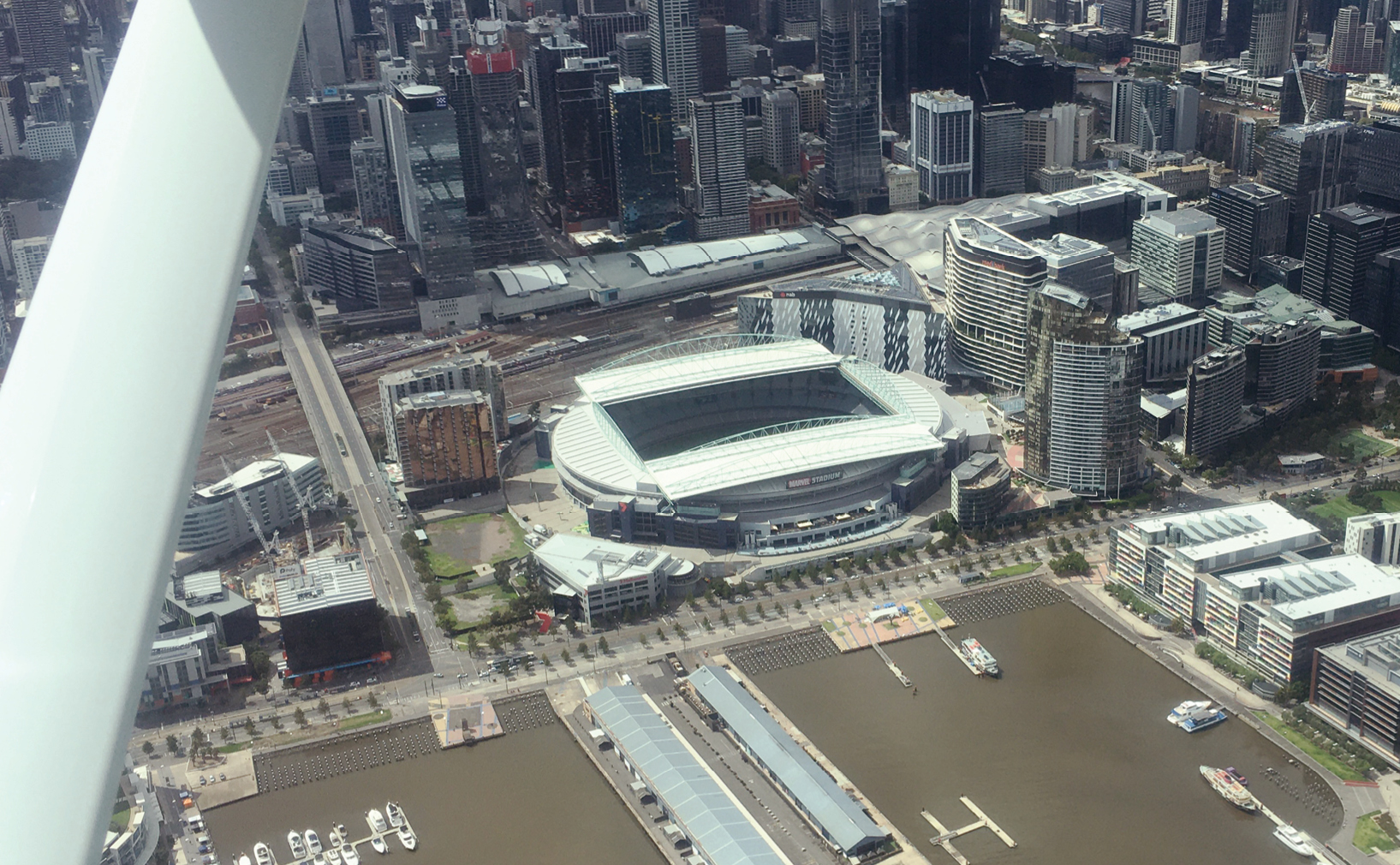
Be armed with the current charts and ATC will do their utmost to accommodate your preferred route and level through their airspace, and give any assistance with weather diversions if necessary.
Another bonus for me, as a photographer, is the stunning vistas that are on offer, often available at your preferred level upon request. A few jaw-dropping clearances in my memory are:
- being bang overhead the MCG while being vectored into Essendon
- tracking along the beach past the Swan River and high-rises of Perth
- the biggest show pony of them all – Sydney Harbour Scenic 1.
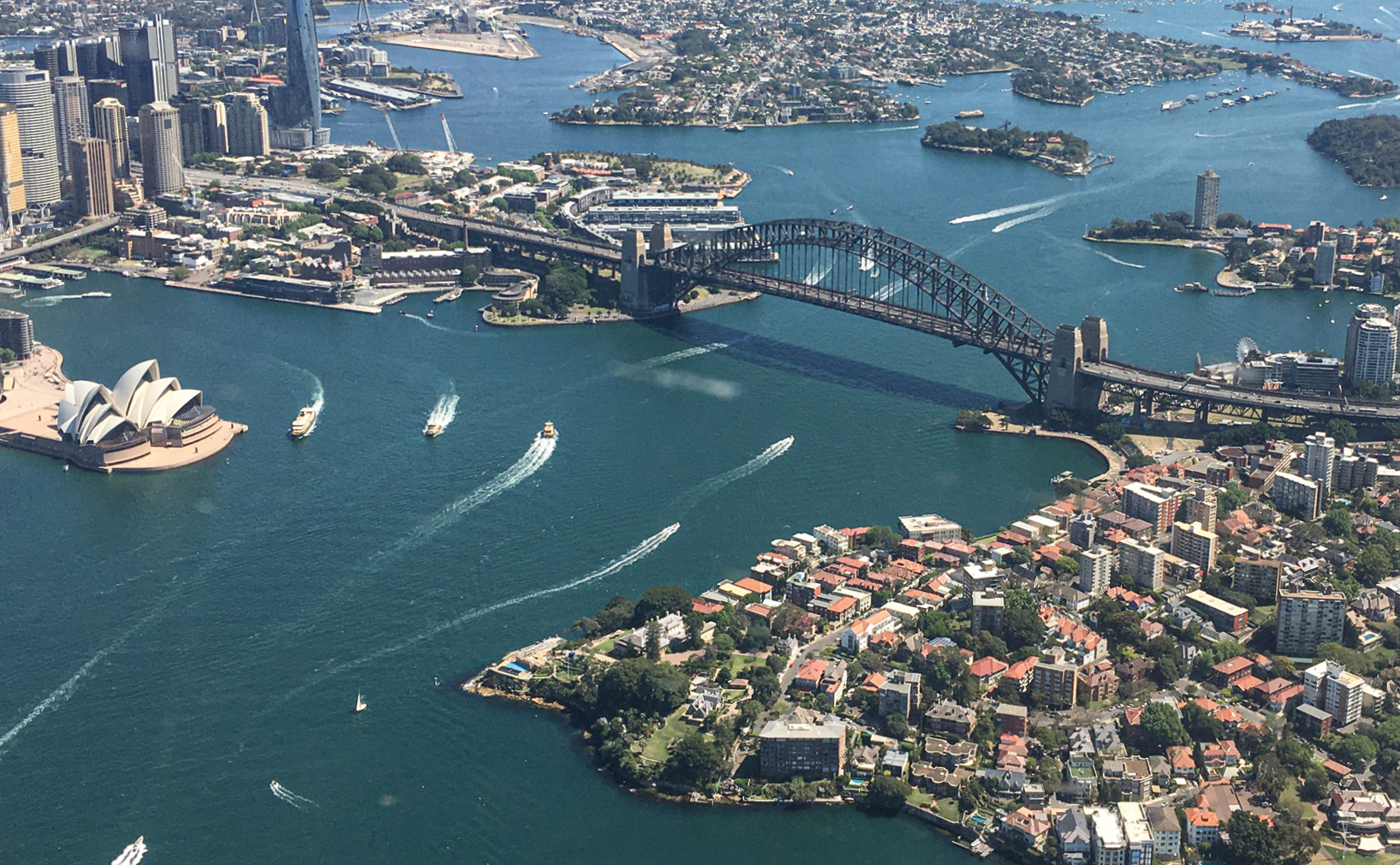
Overseas, it’s even wilder. I’m drifting offshore a bit here, but the magic of controlled airspace has:
- tipped me onto the piano keys at Cape Town International Airport
- poured me into the insanity of South Florida’s jammed airspace cruising at 500 ft coastal past the Miami skyline
- allowed me to be ushered into the circuit at Quebec, in what, I think, was French.
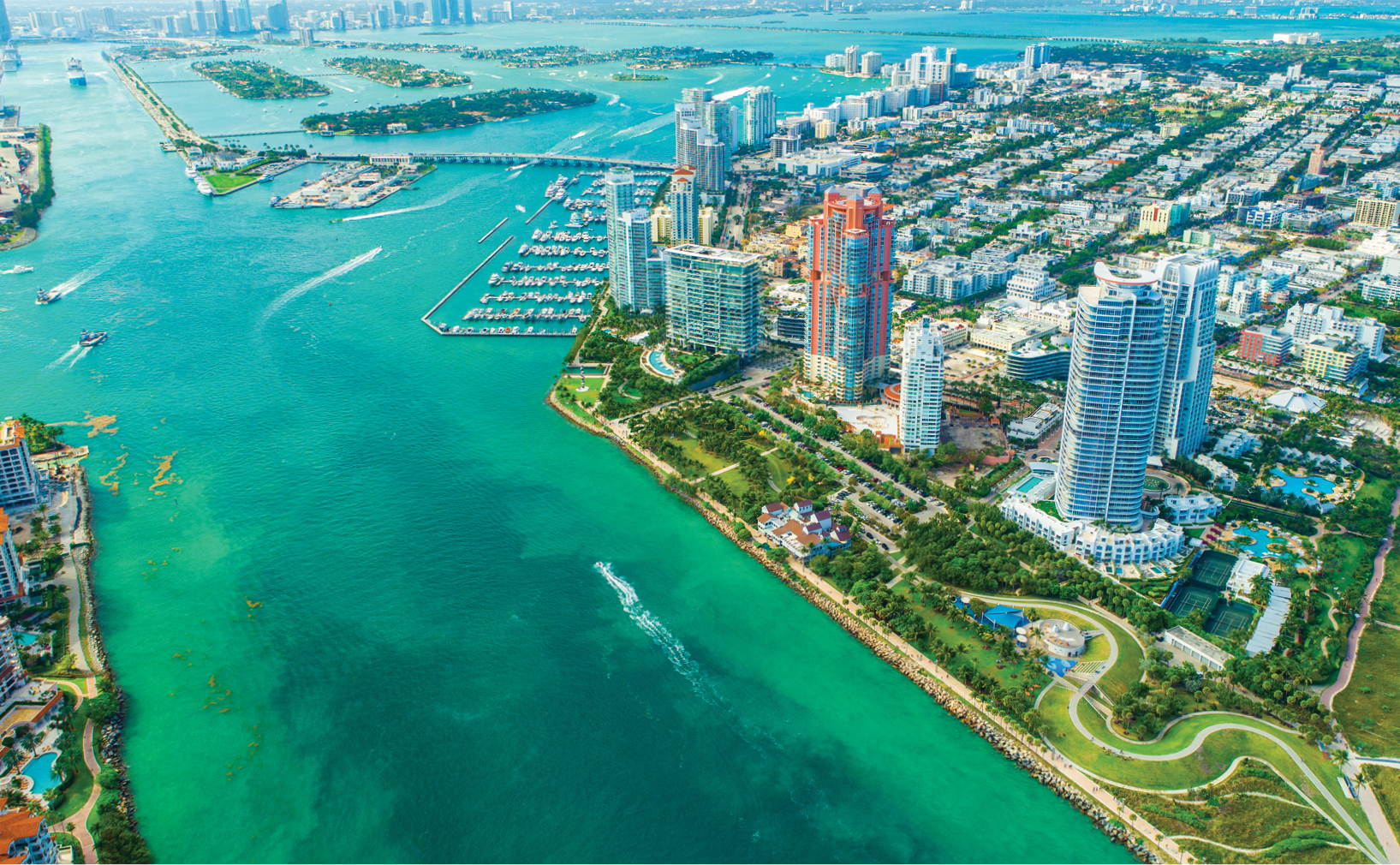
All character-building, but irreplaceable memories. I’d tell you about landing at a Botswana airport, but I’m still in therapy after that one.
Homework and a dual flight with an instructor opens up so many options.
From the boss
I always write from a practical perspective, about methods that have worked for me over the years. However, Airservices and CASA are full to the brim with experts on aviation safety and regulation. So, I sought the advice of Section Manager Industry Engagement at CASA, Kirstie Winter. Also a former ATC, she’s all over those MOAs and SUAs so, while I had her attention, I asked her what CASA’s big ticket tips are about flying in controlled airspace that she’d like to share with us, that make life easier and safer for everyone.
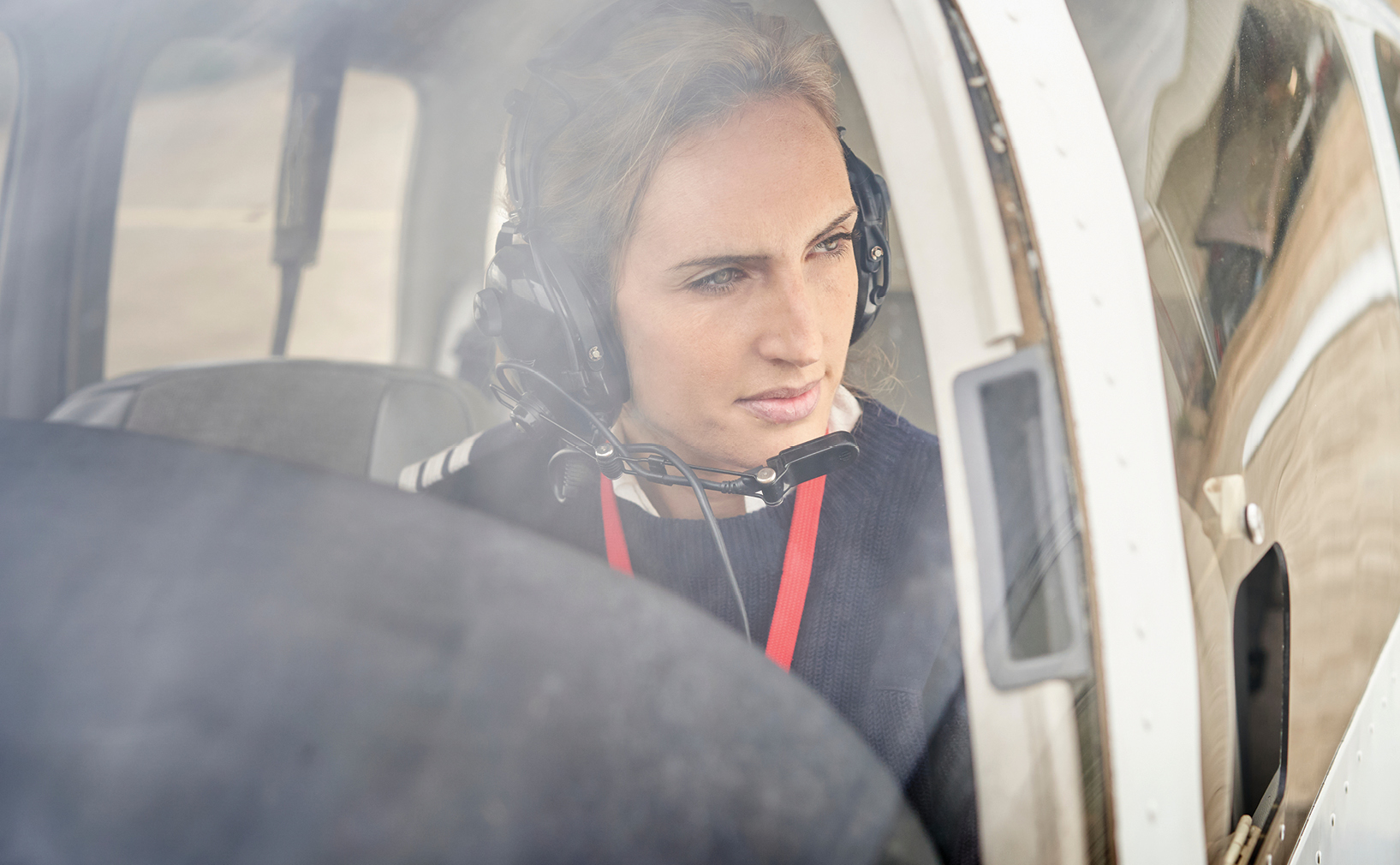
Kirstie Winter’s points make a decent checklist:
- Call ATC early when seeking clearance into CTA. Reduces the likelihood of delays.
- Responsibility is on the pilot! Pilots need to understand the onus is on them to complete thorough pre-flight planning. Read all relevant NOTAMs, including FIR (Head Office) NOTAMs. This is where you’ll find gems like temporary restricted airspace.
- Use current charts and note all the waypoints on your VTC, in case you’re directed elsewhere from your planned route.
- There’s sometimes a heavy reliance on EFBs. Don’t just follow the magenta line, nor rely on the screen for other traffic. It’s a great situational awareness tool, but use your windows and ears too.
- Keep your phraseology concise. AIP Gen 3.4 is all about radio calls. Read up on these and get to know what to expect ATC is going to say to you. Use the IMPAIR format. Correct readbacks are vital, and timesaving.
- Critically – don’t try to stumble through a direction from ATC that you don’t understand. Say, ‘I don’t understand’ or ‘unfamiliar’. They can rephrase their instruction or offer you an alternative. If traffic and time permits, they can guide you through with kid gloves, in the knowledge you are unfamiliar.
- Know how to avoid CTA. Don’t assume your clearance will be issued; have your Plan B in place should ATC advise you to remain outside CTA. This is another reason to seek clearance early. Do I orbit at the boundary? Not recommended. Do I descend to remain OCTA? It’s an alternative plan, but may not suit the circumstances.
- If unfamiliar with a particular CTR, think about the time of day you are arriving. You may be able to avoid heavy traffic.
- If you’re OCTA and concerned about bad weather, contact ATC to assist in guiding you into clearer air. If you are under duress of weather, they are there to help you. Don’t squeeze under low CTA over high terrain and leave yourself with no options if weather comes in!
Controlled aerodromes
Controlled aerodromes and operations is one of the special topics on our Pilot safety hub.
In 2023 CASA published a discussion paper about access to Class C and D controlled airspace for sport and recreational aircraft. Further consultation on the proposed policy is expected to occur in the coming months. Find out more about how this work is progressing on our Consultation hub. Visit Consultation hub and search ‘airspace access’.
Subscribe to our Consultation and rule making list to find out when consultation opens.

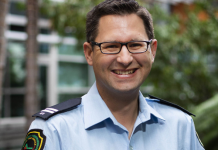

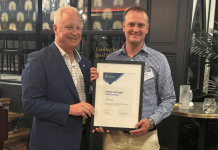

Flying through Controlled Airspace does not reduce a VFR pilot’s responsibility to “See and Avoid” and I would go as far as stating the same for a pilot or crew on an IFR Flight Plan in visual meteorological conditions.
Secondly, don’t simply trust the GPS or for a pilot with a Navigation Display, don’t simply trust the “magenta line”. Know precisely where you are, over the ground, when VMC.
Just a minor correction – HMAS Cerberus is in Victoria, located on the east side of the southern end of the Mornington Peninsula.
….and they have a gunnery range at Flinders just to the south – an added incentive for pilots to keep out of their airspace.